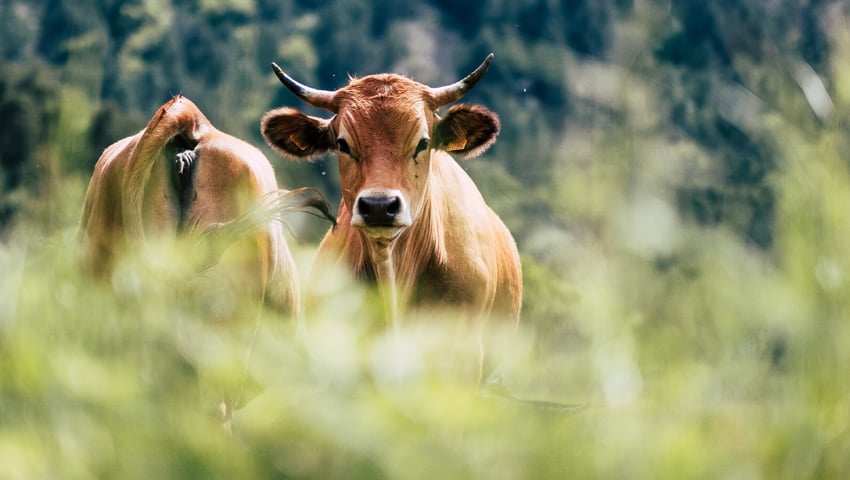An article in Nature says that US-based research points to the milking process as a possible route of avian-influenza spread between cows – and then from cows to humans. Huge amounts of bird-flu virus have been found in the raw milk of infected cows.
While bird flu is not currently present in the UK dairy herd, research in the United States will help UK farmers and policymakers act effectively in the event of an outbreak.
The Nature article says, “Milk from cows infected with bird flu contains astronomical numbers of viral particles, which can survive for hours in splattered milk. The research adds to growing evidence that the act of milking has probably been driving viral transmission among cows, other animals and potentially humans.”
However, researchers have point outed that this is a better scenario for public health than transmission through airborne particles, which would be more difficult to contain.
This means that changes to milking procedures could help to bring outbreaks under control and prevent human infections.
The article says, “Scientists had not previously suspected that cattle could easily become infected with bird flu, because the animals were thought to lack the receptor that allows the virus to enter their cells. But reports of sick cattle with inflamed udders raised suspicions that the virus can infect the animals’ mammary glands.”
The Nature article cites two preprint research papers that have yet to complete the peer-review process.
In one paper (From birds to mammals: spillover of highly pathogenic avian influenza H5N1 virus to dairy cattle led to efficient intra- and interspecies transmission), Dr Diego Diel from Cornell University’s College of Veterinary Medicine says, “Infections with the highly pathogenic avian influenza virus have resulted in the death of millions of domestic birds and thousands of wild birds in the US since January 2021.”
The research paper says that HPAI H5N1 virus was found in dairy cattle herds across several states in the US with the affected cows displaying clinical signs encompassing decreased feed intake, altered faecal consistency, respiratory distress, and decreased milk production with abnormal milk. Infectious virus and RNA were consistently detected in milk collected from affected cows.
A second research paper (Influenza H5N1 and H1N1 viruses remain infectious in unpasteurized milk on milking machinery surfaces), says, “Spillover of highly pathogenic avian H5N1 into the cattle population poses a risk to humans through the close contact with farm workers.
“High viral loads of influenza viruses in the unpasteurized milk of infected lactating cows has the potential to contaminate equipment within milking parlours and create fomites for transmission to dairy workers.
“Cattle H5N1 and human 2009 H1N1 pandemic influenza viruses were found to remain infectious on surfaces commonly found in milking equipment materials for a few hours.
“The data presented here provide a compelling case for the risk of contaminated surfaces generated during milking to facilitate transmission of H5N1 from cattle-to-cattle and to dairy farm workers.”
Researchers observed that the H5N1 cattle virus remained infectious in unpasteurized milk on stainless steel and inflation lining rubber compared to PBS (phosphate buffered saline) over 1 hour. This indicates that unpasteurized milk containing the H5N1 virus will remain infectious on milking equipment.
The paper concludes that, “[The data] provide a compelling case for the risk of contaminated surfaces generated during milking to infect dairy farm workers with H5N1 virus. Implementation of personal protective equipment such as face shields, masks, and eye protection are needed to ensure reduced spillover of H5N1 from dairy cows to humans.
“In addition, contaminated inflation liners or other milking equipment may be responsible for some of the cattle-to-cattle spread observed on dairy farms. The use of disposable liners or sanitization of the liners between cows could assist in reducing the spread of influenza virus between the animals at a facility to curb the current outbreak.”
Read the original article in Nature
